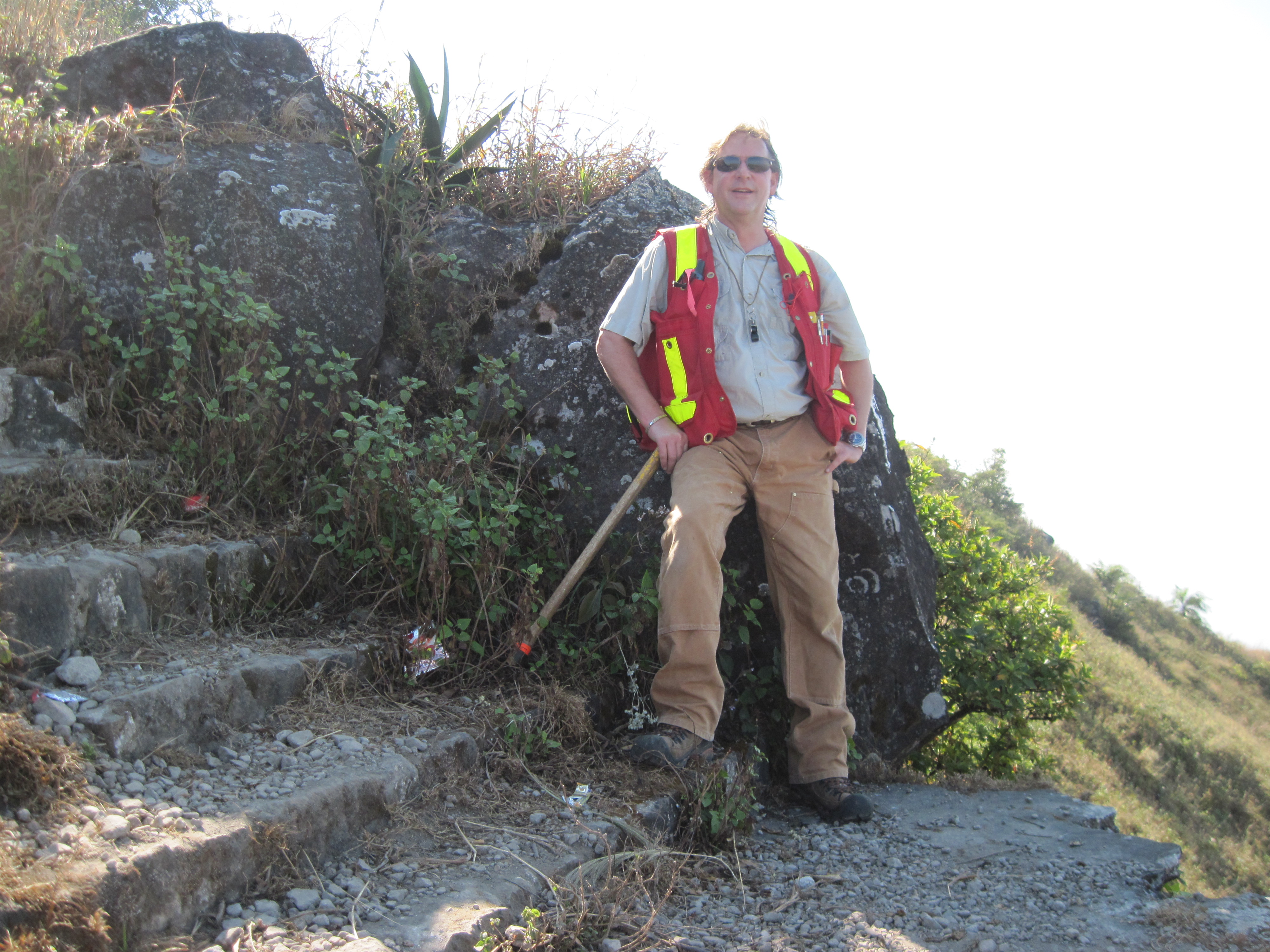Please note that the talk: Overview of the geology of the Windfall Lake project by Jean-Philippe Desrochers of Eagle Hill Exploration has been canceled. Alternatively, the following talk will be presented:
The Pistol Bay Gold Project, Nunavut, Canada
A new district of Archean gold deposits in a variety of rocks - not just iron formation!
By Jon North, Ph.D., P.Geo., CEO of Northquest Ltd.
Abstract
The Pistol Bay Gold Project in eastern Nunavut Territory, Canada, is in the Kaminak Greenstone Belt of supracrustal rocks of Archean age. Belts of Archean supracrustal rocks are widespread in Nunavut and host the Territory’s only operating gold mine at Meadowbank, north of Baker Lake (Agnico Eagle Mines, 2.3 million ounces of gold reserves grading 2.3 grams gold per tonne) and the Territory’s most advanced gold development project at Meliadine, near Rankin Inlet (Agnico Eagle Mines, 3.0 million ounces of gold reserves grading 7.0 grams gold per tonne). The Pistol Bay property consists of 860 square kilometres of mineral rights covering a 90 kilometre strike length of a 2 kilometre wide deformation zone known as the Pistol Bay Corridor, which contains numerous gold occurrences. Field operations commenced in April 2011 and three drilling campaigns were completed in the summers of 2011, 2012, and 2013.
When the Pistol Bay Project was acquired in late 2010, the exploration concept was that a group of gold occurrences near the Hamlet of Whale Cove, seemed to line up along a westerly trend, parallel to the westerly, linear, trend of the Meliadine gold deposits 80 kilometres to the north, which are on the opposite side of a sterile, granitic gneiss block, and that the “Pistol Bay Trend” was a mirror image of the Meliadine Trend. However, whereas the Meliadine gold deposits are mostly hosted by narrow ribbons of iron formation, the gold occurrences at Pistol Bay are within epizonal porphyries, diorite intrusions, quartz veins, and banded iron formations. Drilling intersections with economically-interesting grades and widths have been obtained at the Sako, Vickers, and Bazooka Targets over a 20 kilometre strike length of the Pistol Bay Trend with relatively modest expenditures of some 7 million dollars over the past three years.
At the Sako occurrence, banded iron formation is exposed in a shear zone that occupies the axial plane of a large fold. The bedrock consists of altered iron formation and high silica felsic rock, interpreted as silicified felsic porphyry, hosting and intruding the iron formation. The best drilling intersection is 15.53 metres grading 1.76 grams gold per tonne from high silica alteration of a primary felsic host rock. The Bazooka occurrence consists of a single outcrop of highly contorted, silicified, sulphidized banded iron formation. The first drill hole at the occurrence intersected 11.17 metres grading 2.10 grams gold per tonne. The Vickers gold occurrence consists of a silicified and chloritized breccia on the margin and in the footwall of a diorite intrusion. Drill holes completed by INCO in the period 1984 to 1989 included an intersection of 149.82 metres grading 2.55 grams gold per tonne. That drill hole was twinned by Northquest in 2012 in drill hole PB-12-09 which intersected 164.41 metres grading 5.39 grams gold per tonne. We concluded that the difference in grade was attributed to a larger core sample size (BTW in the Northquest hole versus BQ in the INCO hole) and a more comprehensive assay method (AUSCR-21 bulk screen metallic assay by Northquest versus conventional fire assay by INCO).
The best drill hole of the 2012 program was PB-12-22 which intersected 156.48 metres grading 8.23 grams gold per tonne. The drilling results that have been published from the Vickers Zone are some of the best exploration drill holes in Canada in recent memory and we are confident that we will discover and define a series of gold deposits in the Pistol Bay Trend that are as good as, or better than, those in the Meliadine Trend.

Jon North founded Northquest Ltd. in 2008. His primary occupation is as Director, CEO, and supervising scientist of Northquest Ltd. He is a professional exploration geologist with 30 years of experience in mineral exploration worldwide. Mr. North's primary field of expertise is in area selection and the application of the most appropriate methods of exploration in the early stages of project evaluation. Jon graduated with a Bachelor of Science degree from the Geology Department of the University of Western Ontario in 1984 and went on to complete research on the distribution of metals in Proterozoic terranes leading to an M.Sc. from the Department of Earth Sciences at the Memorial University of Newfoundland in 1988, and a Ph.D. from the Geology Department of the University of Western Ontario in 1993.